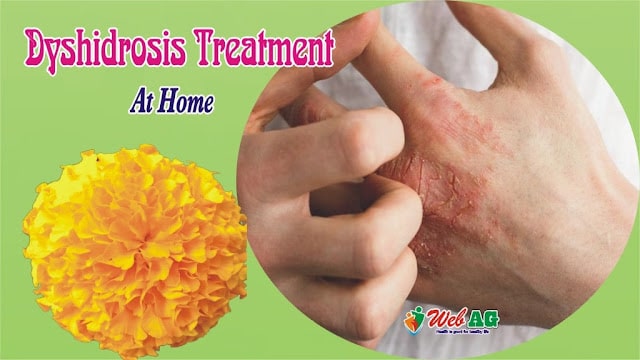Do you know someone who suffers from itchy hands and feet? Often these itches cause small bubbles to appear, which then rupture and peel, forming a scab. These blisters are known as eczema, which is a chronic inflammatory dermatitis, known as dyshidrosis.
Dyshidrosis appears on the palm of your hands, the sides of your fingers, and sometimes on the soles of your feet. This disorder usually occurs every few months or years and may take weeks to disappear on its own. In today's article, we are going to talk about dyshidrosis treatment at home.
Dyshidrosis Home Remedies
It is worth noting that dyshidrotic eczema tends to become infected, meaning that the healing process can be delayed. It can be caused by emotional factors, stress, allergies, medications, mycoses, and even hereditary causes, but oftentimes the cause is unknown.
One thing is certain though: It is not contagious. Dyshidrosis is twice as common in women as it is in men, and although it can affect people of any age, it is more common in adults from 20 to 40 years of age. If you think you might have this disease, then you’re probably wondering: How to Treat Dyshidrosis?
Up until now, there has been no treatment that can cure this disease, but in most cases, the doctor will prescribe a cream with corticosteroids, an ointment, or phototherapy sessions to help lessen the injury. If you prefer natural alternatives, then you can use marigold. Marigold contains healing and soothing properties that will help relieve itching and blistering.
Dyshidrotic Home Treatment:
 |
| Water, and Marigold flowers |
Ingredients:
2 tablespoons of marigold flowers; 200 mL of boiling water.
Instructions:
Place the marigold flowers in a pan with boiling water and let them steep for 10 minutes. Then strain the infusion and soak some clean compresses into the mixture. Then apply them to the affected area for 5 to 10 minutes. Before applying any type of treatment, it is recommended that you sanitize the affected area with warm water and soap, and apply moisturizing cream 2 to 3 times a day.
Note: Avoid contact with substances that can irritate your skin, such as cleaning products.




.png)













